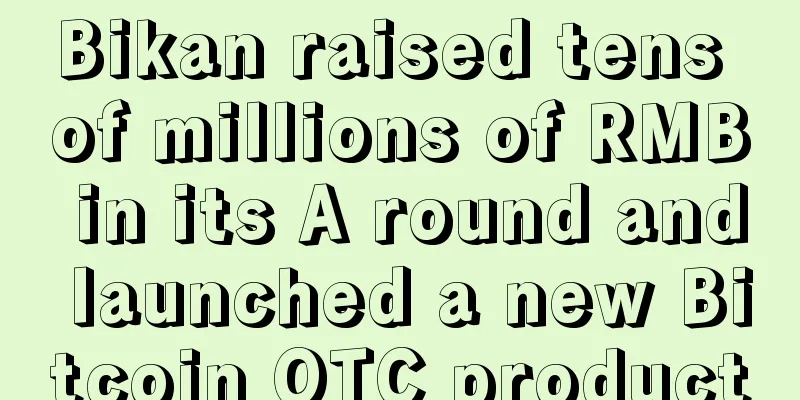IPFS is included in the National Radio and Television Administration's blockchain technology application series of white papers, and the distributed storage industry is developing at the right time

|
At present, major countries around the world are accelerating the development of blockchain technology and elevating blockchain to a strategic level as an important breakthrough for independent innovation of core technologies. In order to actively promote the innovative application of blockchain technology in the fields of radio, television and online audio-visual, the State Administration of Radio and Television recently organized the compilation of a series of white papers on the application of blockchain technology. Among them, Interstellar File System IPFS, as the next generation Internet underlying communication protocol benchmarked against HTTP, ranks at the forefront. "P2P" peer-to-peer system, "CND" content distribution network, "DAPP" distributed application, etc. are also mentioned. The relevant terms in these white papers may appear in the broadcasts we hear in the near future~ The State Administration of Radio and Television, also known as the SARFT, is a ministerial-level agency directly under the State Council of the People's Republic of China responsible for supervising and managing radio and television work. It is mainly responsible for implementing the propaganda policies of the CPC Central Committee, formulating policies and measures for radio and television management and supervising their implementation, and coordinating and guiding the development of radio and television and industry. The release of the blockchain technology application series of white papers by the SARFT is just like the inclusion of blockchain in the new infrastructure, which is of great significance to the development of blockchain itself, blockchain practitioners and even the development of the times. Three Eras of Blockchain Development In 2008, Satoshi Nakamoto published a paper titled "Bitcoin: A Peer-to-Peer Electronic Cash System", which elaborated on the concept of building an electronic cash system based on the integration of multiple technologies such as peer-to-peer networks, encryption, timestamps, and consensus mechanisms, and thus opened the door to the blockchain; the Bitcoin system began to operate on January 3, 2009. Blockchain technology has roughly gone through three stages of development:
The blockchain 3.0 era will inevitably be an era in which blockchain is popularized and enters thousands of households. Although there is no recognized representative of the blockchain 3.0 era today, Filecoin, as the incentive layer of IPFS, can effectively solve the problem of blockchain data storage with its distributed storage characteristics. At present, Ethereum, Polkadot, and Ontology have bridged FIL; as the underlying highway of the blockchain industry, Filecoin may be able to assist the arrival of blockchain 3.0. In time, Filecoin may become a recognized representative of the blockchain 3.0 era .
|
>>: BTC breaks $16,000, DeFi lock-up volume rises, cross-chain mining is on the way
Recommend
Facial features of women who become wealthy in middle age. Are you destined to be wealthy?
When people reach middle age, many people think o...
Will a woman with a mole on her knee become richer?
I believe that no matter how indifferent a person...
The personality of people with long noses and their business strategies
People with long noses are always hesitant and in...
Are ghosts most afraid of a broken palm? What are the characteristics of a man with a broken palm?
Some people may have heard that ghosts are most af...
Is it good for a boy to have a narrow forehead? What does it mean for a man to have a narrow forehead?
If a man has a narrow forehead, he will not have ...
Is it good for a woman to have an onion nose? How is her fortune?
As one of the traditional physiognomy techniques, ...
Predicting your recent fortune from facial blemishes
There are some small flaws on everyone's face...
20 million OP tokens were stolen by hackers, and the market panic intensified
Overnight, OP's market maker had 20 million O...
What kind of facial features does a woman with a sunken nose bridge belong to? What does the nose bridge represent?
The bridge of the nose is between the two eyes. W...
A mole on your ear can tell your fortune
The fortune of a mole can be determined by the di...
Freerice Play the quiz game to donate rice Answer questions online to support charity
Freerice is an innovative platform that perfectly...
Both broke through $8,000. What changes have occurred in the fundamentals of Bitcoin in 2017 and 2019?
Half a year ago, the cryptocurrency circle was st...
How much was Binance fined by the United States?
Despite the episode of Zhao Changpeng being detai...
Vitalik talks about Bitcoin expansion: Soft forks are an anti-market way of doing things
The battle for Bitcoin expansion is currently at ...
The face of a person with a hole in the philtrum. A person with a hole in the philtrum has a good personality.
For a person, facial features can be very helpful...









